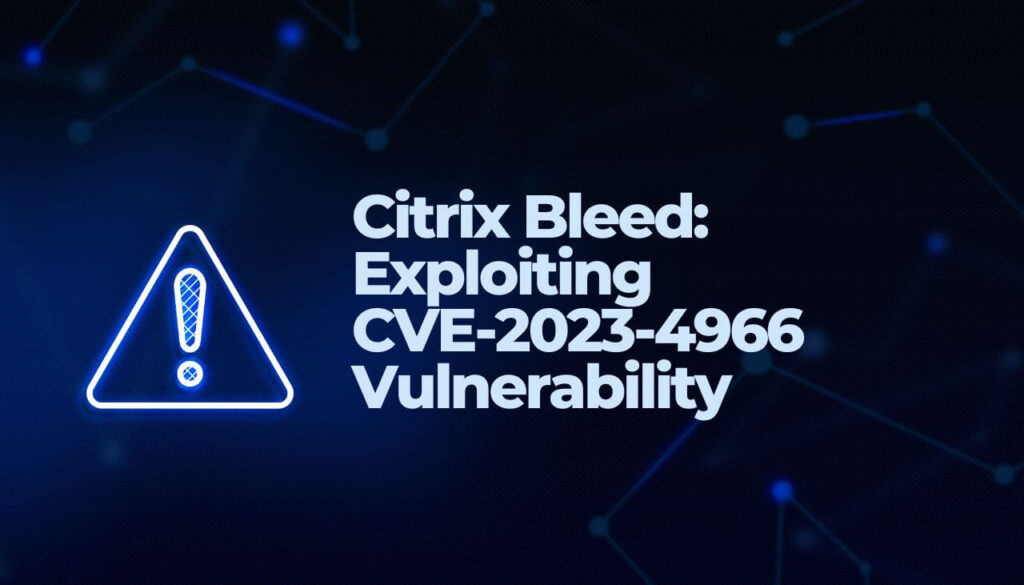In a recent revelation, a proof-of-concept (PoC) exploit for the ‘Citrix Bleed’ vulnerability has surfaced, marked as CVE-2023-4966. This vulnerability poses a critical threat, allowing attackers to extract authentication session cookies from vulnerable Citrix NetScaler ADC and NetScaler Gateway appliances.
Citrix’s Swift Response
Citrix had promptly addressed this remotely exploitable information disclosure flaw on October 10, classifying it as critical. However, details were scant. On October 17, Mandiant disclosed that the flaw had been exploited as a zero-day in limited attacks since late August 2023.
This Monday, Citrix issued an urgent warning to administrators of NetScaler ADC and Gateway appliances, urging immediate patching. The rate of exploitation had accelerated, prompting a swift response from Citrix to mitigate risks.

Unraveling the Citrix Bleed Flaw (CVE-2023-4966)
The CVE-2023-4966 Citrix Bleed flaw is an unauthenticated buffer-related vulnerability affecting Citrix NetScaler ADC and NetScaler Gateway, crucial network devices for load balancing, firewall implementation, traffic management, VPN, and user authentication.
Exploitation Method Unveiled
Researchers at Assetnote have shed light on the exploitation method of CVE-2023-4966. They discovered two critical functions that lacked bounds checks in the pre-patched version, paving the way for a buffer over-read if exploited.
By exploiting this vulnerability, attackers can extract session cookies, potentially leading to account hijacking and unrestricted access to vulnerable appliances. Assetnote’s analysts successfully retrieved session tokens during testing, emphasizing the severity of the flaw.
With the publication of a public exploit for CVE-2023-4966, there’s an anticipated surge in threat actor activities targeting Citrix Netscaler devices. Threat monitoring services report spikes in exploitation attempts, indicating that malicious actors have already seized the opportunity.
Urgent Call to Action to Deploy Patches
Given the potential ramifications—ranging from ransomware attacks to data theft, it is imperative that system administrators promptly deploy patches to rectify this critical flaw. The ‘Citrix Bleed’ vulnerability underscores the significance of proactive cybersecurity measures to safeguard corporate networks.


